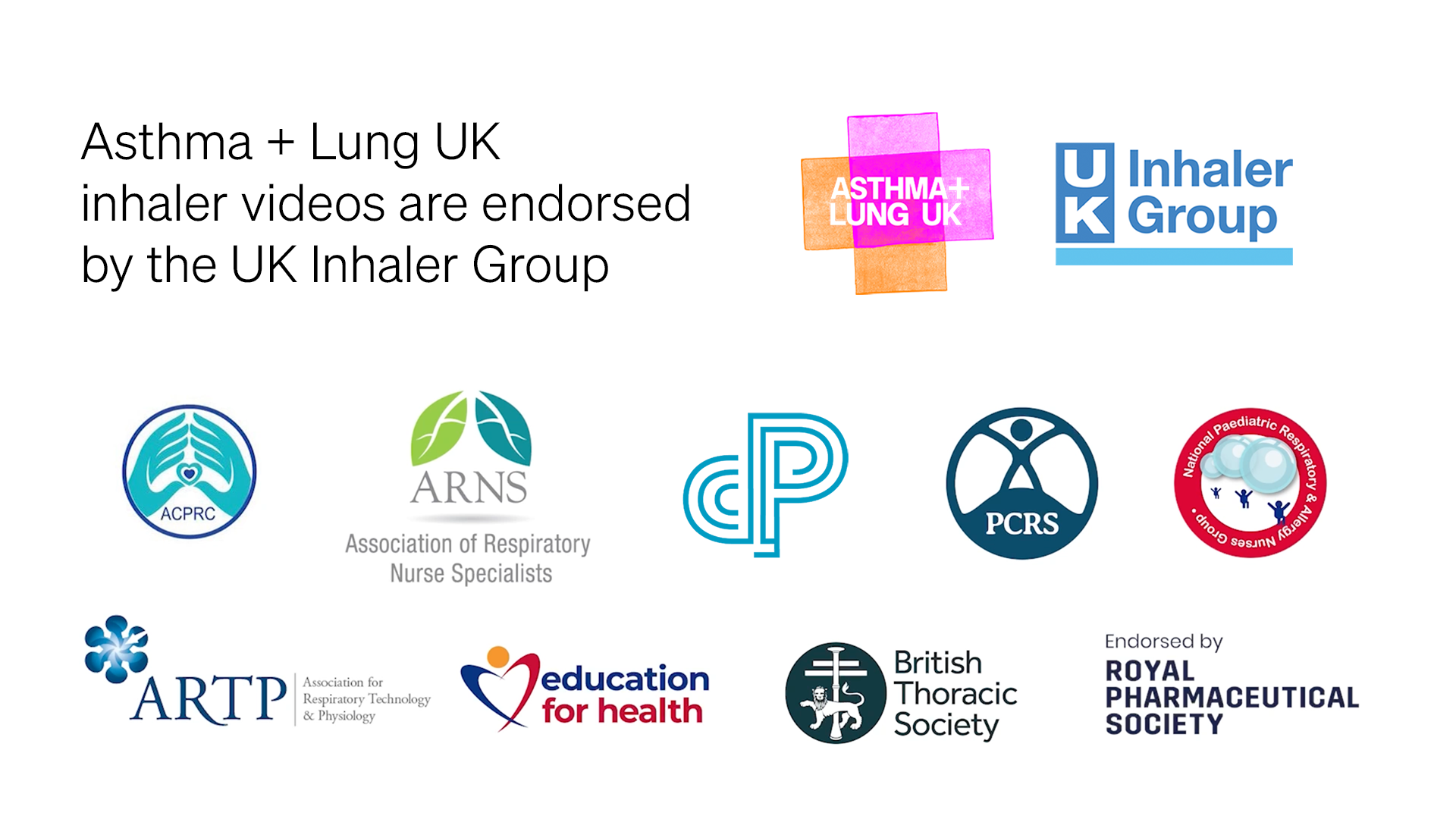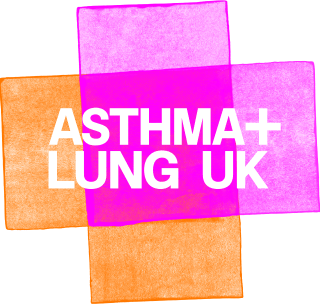
Expert advice for using a nasal spray
In this short video, we show you how to use your nasal spray correctly.
The right nasal spray technique can help you manage your symptoms better. It will mean that the medicine does not drip out of your nose or down the back of your throat.
Hi, I'm Caroline. I'm a respiratory nurse. I'm going to show you how to use a nasal spray.
Getting your nasal spray technique right is very important because it helps you to manage your symptoms better. It may take a few tries to feel comfortable using your nasal spray, but it gets easier with practice.
There are lots of different brands of nasal spray. They are all held and used in slightly different ways, so do check the instructions as well as watching this video.
If you are using your nasal spray for the first time:
1. First, shake it well with the cap on for 10 seconds.
2. Take off the cap.
3. Hold the nasal spray upright, point the nozzle away from you and press the button on the side or press the pump down.
4. Do this until you see a fine mist of spray coming out. This means it is now ready for use.
When you use your nasal spray again, you do not need to repeat these steps.
To use your nasal spray:
1. First, gently blow your nose.
2. Shake the nasal spray well.
3. Take off the cap and hold the nasal spray in the opposite hand to the nostril into which you are going to use the spray.
4. Tilt your head forwards a little bit.
5. Place the nozzle just inside your nostril, pointing it slightly outwards, away from the centre of your nose. This helps the medicine get to the right place and helps to avoid side effects. Some brands recommend blocking the other nostril with your finger.
6. Press the button on the side or press the pump down and breathe in very gently through your nose. Do not sniff hard.
7. Take the nozzle out and breathe out [through your mouth].
8. If you have been told to use a second spray, repeat steps (2 to 7).
9. Then use the same technique to use the nasal spray in the other nostril (steps 1 to 8).
10. When you've finished, wipe the nozzle and put the cap back on.
If you're using the correct nasal spray technique, it should not drip from your nose or down the back of your throat.
Remember, you can also watch our other videos on using and looking after your inhaler.
Check your nasal spray technique
A good nasal spray technique gives you the best chance of managing your symptoms because it helps the medicine get to the right place.
If you’re using your nasal spray like a healthcare professional has shown you and with the right technique, it can help you:
- manage your symptoms without needing to take a higher dose of your medicine
- reduce side effects
- sleep better.
Using a nasal spray can manage symptoms that might trigger your lung condition, such as allergies or a sinus infection (sinusitis). This can help reduce your risk of having an asthma attack or COPD flare-up.
Even if you think your nasal spray technique is OK, you may still be able to improve it so that you get the full dose of medicine.
It’s especially important to check your nasal spray technique if:
- your symptoms are getting worse
- you’re using a new type or brand of nasal spray.
You can ask your GP, nurse or pharmacist to check your nasal spray technique. Remember that you do not need an appointment to get help from a pharmacist.
Tips to help you use your nasal spray correctly
Blowing your nose before using a nasal spray helps to clear your nostrils so the medicine can get to the right place.
Some nasal sprays need to be shaken well before each use.
This helps to make sure you always get the full dose of medicine.
If you’re not sure whether you need to shake your nasal spray, check the Patient Information Leaflet (PIL) that comes with your nasal spray or speak to a healthcare professional.
Try sitting or standing up straight with your head tilted forward slightly when using your nasal spray.
You might find it helpful to sit or stand in front of a mirror to check your head position.
Hold the nasal spray in opposite hand to the nostril you’re spraying into.
Place the nozzle just inside your nostril and point it slightly outwards, away from the centre of your nose. This can help the medicine get to the right place and avoid side effects
Breathe in through your nose when you’re taking your nasal spray.
Make sure you breathe out through your mouth after taking your nasal spray.
Getting into a good medicine routine
- Set yourself reminders on your phone. This can be useful if you’re away from home too. You could also write yourself a note in your diary or in your calendar. You may also want to set a reminder for ordering your prescriptions too.
- Keep your nasal spray on your bedside table or near something else you use often, like your keys.
- Link taking your nasal spray to another habit. Research shows you’re more likely to remember to take your medicine if you link it to something you already do often.
- Ask family or friends to remind you or use an app like the NHS medication reminder service.

This video is not a replacement for professional medical advice. If you’re finding it hard to use your nasal spray or you’re worried about your symptoms, please speak with a healthcare professional.
Your GP, nurse or pharmacist can check your nasal spray technique. Remember that you do not need an appointment to get help from a pharmacist at your local pharmacy.
Always read the patient information leaflet inside your medicine packet. It tells you more about your medicine, including all the possible side effects and how to store the medicine safely. Speak to your GP, nurse or pharmacist if you have any questions.
Asthma + Lung UK does not endorse or recommend specific products. Read more about how we create our health advice information.

Get support
Call our helpline for support with your condition. Get advice on your medicines, symptoms or travelling with a lung condition, or just call us to say hello.








